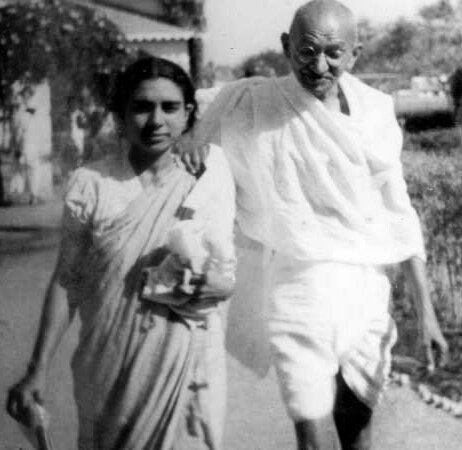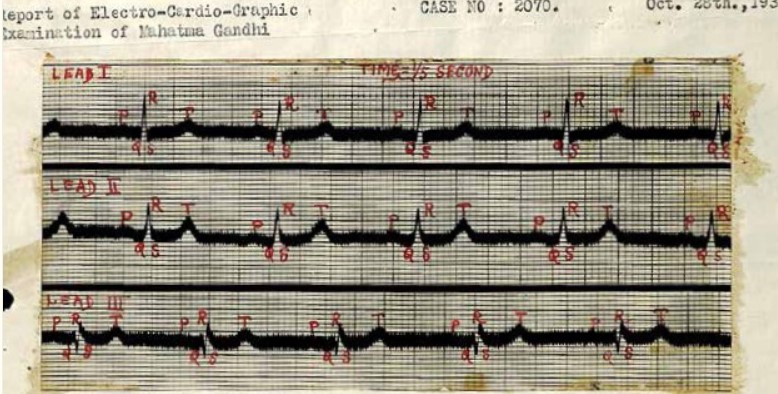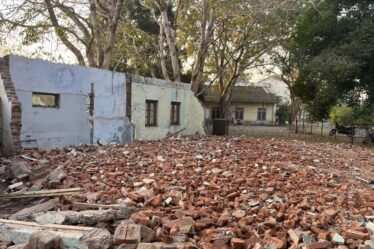
“Yesterday, I took three drops of Sarpagandha—morning and evening. Walked and talked. Still, my blood pressure was 196/ 112. But there’s no cause for worry.”
“I took three drops of Sarpagandha—morning and evening. Walked. Talked. Still, my blood pressure is 196 over 112. But there’s no cause for worry.”
A letter.
Dated October 28, 1941.
Not from just anyone.
From Mahatma Gandhi.
He had written to a young woman—Dr. Sushila Nayar, then an MD student at Lady Hardinge in Delhi. Calm, even playful, Gandhi seemed undisturbed. But the numbers on that page screamed danger.
196/112.
How could someone like him have blood pressure like that?
By 1927, his readings had started creeping up. By 1937, they shot past 220/110. The man who walked with kings, who fasted for peace, who lived with discipline that shamed doctors—was now battling hypertension.
Enter Sushila.
Fresh out of medical college. Just an intern.
She met Gandhi in Calcutta. He wanted to return to Sevagram. But doctors hesitated. His pressure was too high. Too risky. Dr. B.C. Roy, physician and future Chief Minister, looked at her.
“Go with him,” he said.
She went.
No team of specialists. No lab tests. No ECG machines that beeped warnings.
Just her stethoscope. A sphygmomanometer. And a little bottle of Sarpagandha.
That was 1938. Sevagram.
Each morning, she checked his pressure. Each evening, she logged the numbers. The readings danced—down, then up, then up again. She adjusted the dose. Changed his diet. Watched him closely.
He cooperated. He joked. He listened. He let her take charge.
But his blood pressure refused to behave.
It didn’t make sense.
He was lean—46 kilos. His waist was slim. Ate no meat. Used no tobacco. No alcohol. Took salt like medicine—in pinches. Walked 18 kilometers a day. Slept early. Rose before dawn. Practised yoga, mud therapy. Laughed. Meditated. Lived as simply as a sage.
And yet—his blood pressure soared.

Picture credit: Indian J Med Res . 2019 Jan;149 (Suppl 1) :S5–S23
No signs of heart disease. His ECG in 1939? Normal. Just three leads, but still—no arrhythmia, no strain.
What was the cause?
Stress? Genetics? The burden of leading a nation? No one could tell.
And here’s the twist.
Despite those wild readings, Gandhi showed no symptoms. No stroke. No heart attack. No kidney failure.
Would he have lived to 125, as he once hoped?
We’ll never know. His journey ended with a bullet in 1948.
But what remains is this—
Not that he had high blood pressure.
But that he placed his faith in a young intern.
That he allowed her—not a famous cardiologist—to hold the stethoscope to his chest.
And that faith made all the difference.

